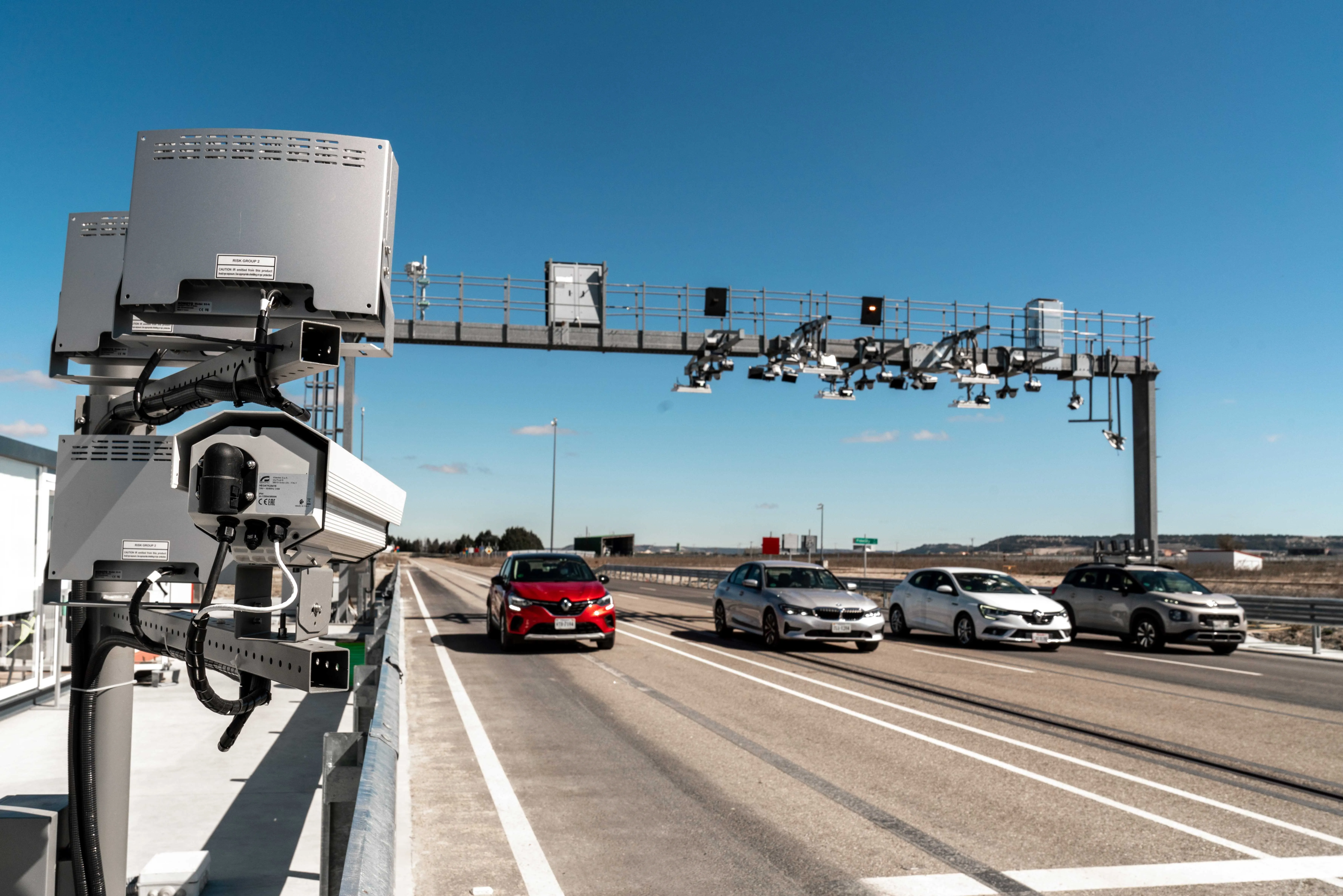High Occupancy Vehicle (HOV) lanes and High Occupancy Toll (HOT) lanes are powerful ITS tools. However, the challenge of how to enforce them is proving a constant barrier. Manual enforcement is both expensive (dedicated police resource) and inefficient (poor detection rates). Xerox estimates that the ability to identify violators in the HOV/ HOT lanes by use of human eyesight is less than 20%.
July 31, 2015
Read time: 2 mins

High Occupancy Vehicle (HOV) lanes and High Occupancy Toll (HOT) lanes are powerful ITS tools. However, the challenge of how to enforce them is proving a constant barrier. Manual enforcement is both expensive (dedicated police resource) and inefficient (poor detection rates). 4186 Xerox estimates that the ability to identify violators in the HOV/ HOT lanes by use of human eyesight is less than 20%.
Xerox says the solution is the company’s Vehicle Passenger Detection System (VPDS) that enables road operators to implement and operate HOV/HOT lanes by providing an automated, appropriate and effective enforcement capability. The company claims VPDS can identify HOV-2 violations at 98+% accuracy and HOV-3 violations at 95+% accuracy.
While Xerox VPDS is designed for HOV/ HOT enforcement, the technology lends itself to other implementations. Visitors to the ITS World Congress will have an exclusive opportunity of assessing the success of the technology in a border-crossing deployment.
On Tuesday 6 October in the presentation ‘SIS06 Innovative services for fast and secure border crossing points’, Geraldine Lievre, Chief Technology Officer, International Public Sector, will present results from a pilot on a France–Switzerland border crossing. Xerox VPDS was trialled at the busy commuter crossing to help the authorities determine whether introducing an HOV is feasible.
Xerox VPDS is original and includes the innovative use of existing technologies (imaging, analytics, machine learning). The company says it provides a new support service and solves a real enforcement challenge, bringing value to road operators and addressing social and economic concerns.
Xerox says the solution is the company’s Vehicle Passenger Detection System (VPDS) that enables road operators to implement and operate HOV/HOT lanes by providing an automated, appropriate and effective enforcement capability. The company claims VPDS can identify HOV-2 violations at 98+% accuracy and HOV-3 violations at 95+% accuracy.
While Xerox VPDS is designed for HOV/ HOT enforcement, the technology lends itself to other implementations. Visitors to the ITS World Congress will have an exclusive opportunity of assessing the success of the technology in a border-crossing deployment.
On Tuesday 6 October in the presentation ‘SIS06 Innovative services for fast and secure border crossing points’, Geraldine Lievre, Chief Technology Officer, International Public Sector, will present results from a pilot on a France–Switzerland border crossing. Xerox VPDS was trialled at the busy commuter crossing to help the authorities determine whether introducing an HOV is feasible.
Xerox VPDS is original and includes the innovative use of existing technologies (imaging, analytics, machine learning). The company says it provides a new support service and solves a real enforcement challenge, bringing value to road operators and addressing social and economic concerns.










